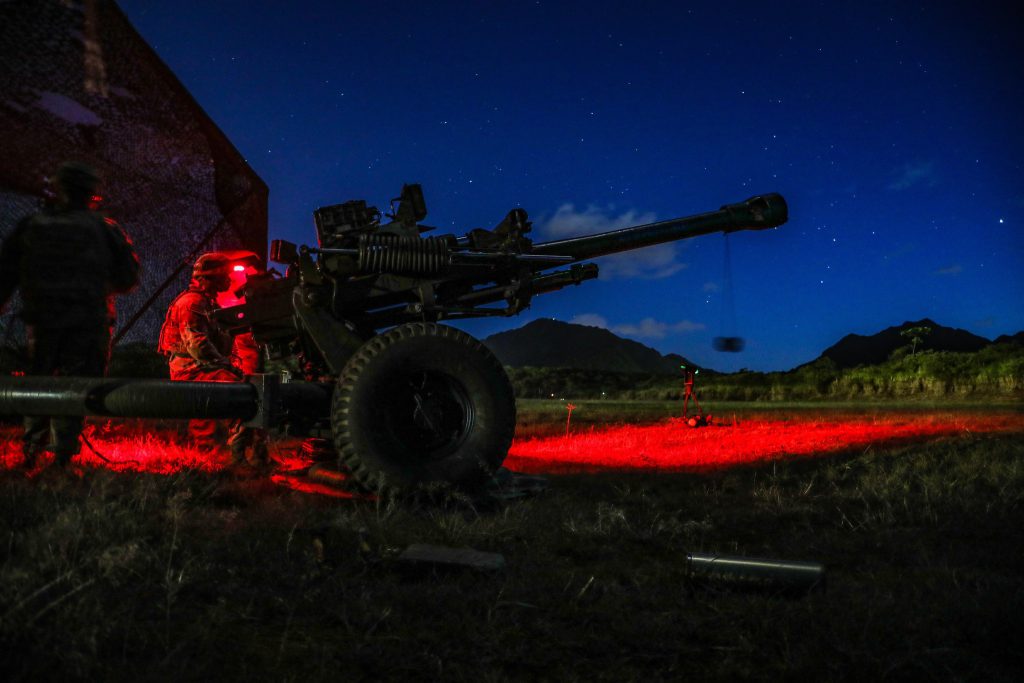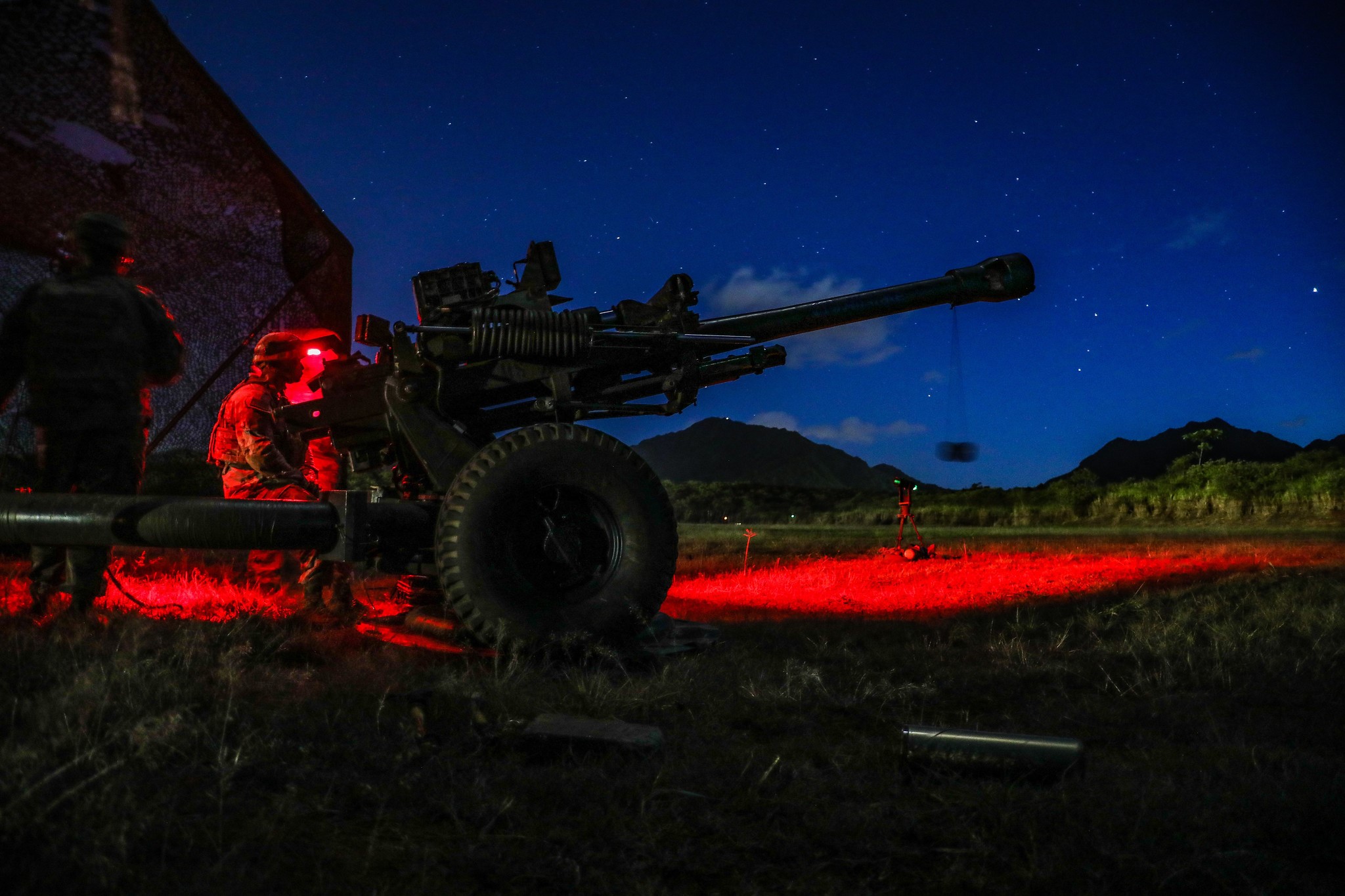

Objective
The purpose of this topic is to establish a comprehensive RF-based database that will be used to train a deep learning computer vision algorithm for a target detection system. This data would be complementary to existing data and is required due to the Deep Learning approach.
Description
The purpose of this topic is to establish an RF-dataset to train deep learning algorithms for proximity and RF seeking target detection algorithms. Currently, we either collect real world data, which is very expensive and time consuming, or we utilize modeled inputs. The method of modeling inputs utilizes Gaterrayed software, which requires intensive labor hours of manual work. AI/ML deep learning approaches do not yet exist for our RF proximity fuse & seeker applications. However, research has show that datasets comprised of both real-data and synthetically generated data lead to superior performance of deep learning algorithms. This approach would allow us to create additional datasets based on the real datasets we already have. It will cost less and create enough variation to train the Proximity Target Detection algorithms. Target detection models allow proximity fuses and RF seekers to distinguish targets from background clutter. AI/ML techniques show promise in achieving advanced capabilities, but require data with variable background and operating conditions. Large data sets with a wide range of variable backgrounds can be achieved through synthetic data generation methods. Establishing the large number of samples of data through testing and experimentation are both cost and time prohibitive. Instrumentation to capture all of the salient features in the data is also intricate and requires significant resources at testing sites. Generating variations on data would increase the RF dataset to the point that training an advanced AI algorithm is feasible.
Phase I
Direct to Phase 2 requires demonstration of AI/ML computer vision algorithms using synthetically generated data specific to target detection and recognition, including pertinent data and report(s). Any development with RF techniques is a plus but not required for Phase I.
Phase II
Phase II should consist of utilizing RF data to develop variation algorithms pertaining to the future commercialization of this topic. This phase will also consist of training the RF deep learning algorithms with synthetic data and integrating into a proximity fuze. Must be able to demonstrate performance.
Phase III
Phase III, commercialization, must consist of generating large data sets for testing. Training algorithms with increased synthetic datasets & transition to other proximity fuzes (i.e. MOFA II or LR- PGK) must also occur.
For more information, and to submit your full proposal package, visit the DSIP Portal.

References:
Objective
The purpose of this topic is to establish a comprehensive RF-based database that will be used to train a deep learning computer vision algorithm for a target detection system. This data would be complementary to existing data and is required due to the Deep Learning approach.
Description
The purpose of this topic is to establish an RF-dataset to train deep learning algorithms for proximity and RF seeking target detection algorithms. Currently, we either collect real world data, which is very expensive and time consuming, or we utilize modeled inputs. The method of modeling inputs utilizes Gaterrayed software, which requires intensive labor hours of manual work. AI/ML deep learning approaches do not yet exist for our RF proximity fuse & seeker applications. However, research has show that datasets comprised of both real-data and synthetically generated data lead to superior performance of deep learning algorithms. This approach would allow us to create additional datasets based on the real datasets we already have. It will cost less and create enough variation to train the Proximity Target Detection algorithms. Target detection models allow proximity fuses and RF seekers to distinguish targets from background clutter. AI/ML techniques show promise in achieving advanced capabilities, but require data with variable background and operating conditions. Large data sets with a wide range of variable backgrounds can be achieved through synthetic data generation methods. Establishing the large number of samples of data through testing and experimentation are both cost and time prohibitive. Instrumentation to capture all of the salient features in the data is also intricate and requires significant resources at testing sites. Generating variations on data would increase the RF dataset to the point that training an advanced AI algorithm is feasible.
Phase I
Direct to Phase 2 requires demonstration of AI/ML computer vision algorithms using synthetically generated data specific to target detection and recognition, including pertinent data and report(s). Any development with RF techniques is a plus but not required for Phase I.
Phase II
Phase II should consist of utilizing RF data to develop variation algorithms pertaining to the future commercialization of this topic. This phase will also consist of training the RF deep learning algorithms with synthetic data and integrating into a proximity fuze. Must be able to demonstrate performance.
Phase III
Phase III, commercialization, must consist of generating large data sets for testing. Training algorithms with increased synthetic datasets & transition to other proximity fuzes (i.e. MOFA II or LR- PGK) must also occur.
For more information, and to submit your full proposal package, visit the DSIP Portal.
References:
